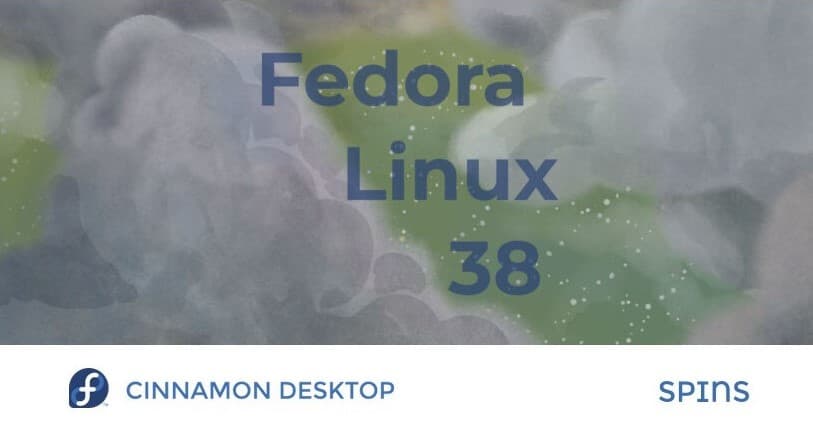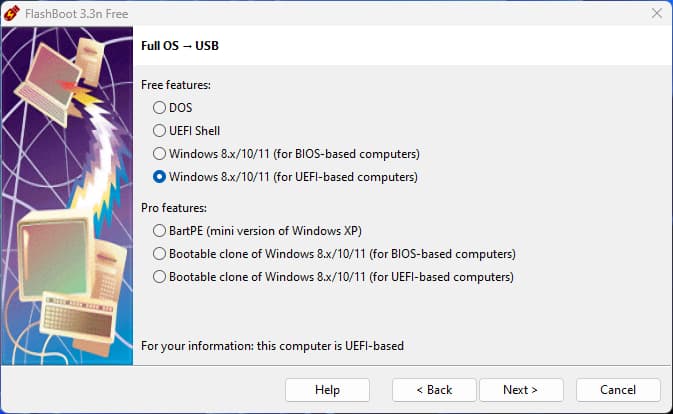
This Ubuntu Cinnamon 23.04 review will explore whether Ubuntu is posing as a Desktop OS for average users. I hate OSes that slow down my workflow wid annoying “Authenticate” popups, and Ubuntu Cinnamon 23.04 “Lunar Lobster” is just another Linux Enterprise OS posing as a Personal Computer (PC) OS.
A personal computer (PC) is a multi-purpose microcomputer whose size, capabilities, and price make it feasible for individual use. Personal computers are intended to be operated directly by an end user, rather than by a computer expert or technician. Unlike large, costly minicomputers and mainframes, time-sharing by many people at the same time is not used with personal computers. Primarily in the late 1970s and 1980s, the term home computer was also used.
Chromebooks’ Chrome OS doesn’t have annoying “Authenticate” popups, my Computers wid Win11 Pro don’t have annoying “Authenticate” popups, and my Android phone doesn’t have annoying “Authenticate” popups. All more secure than the Linux Open-Source operating system/s.



